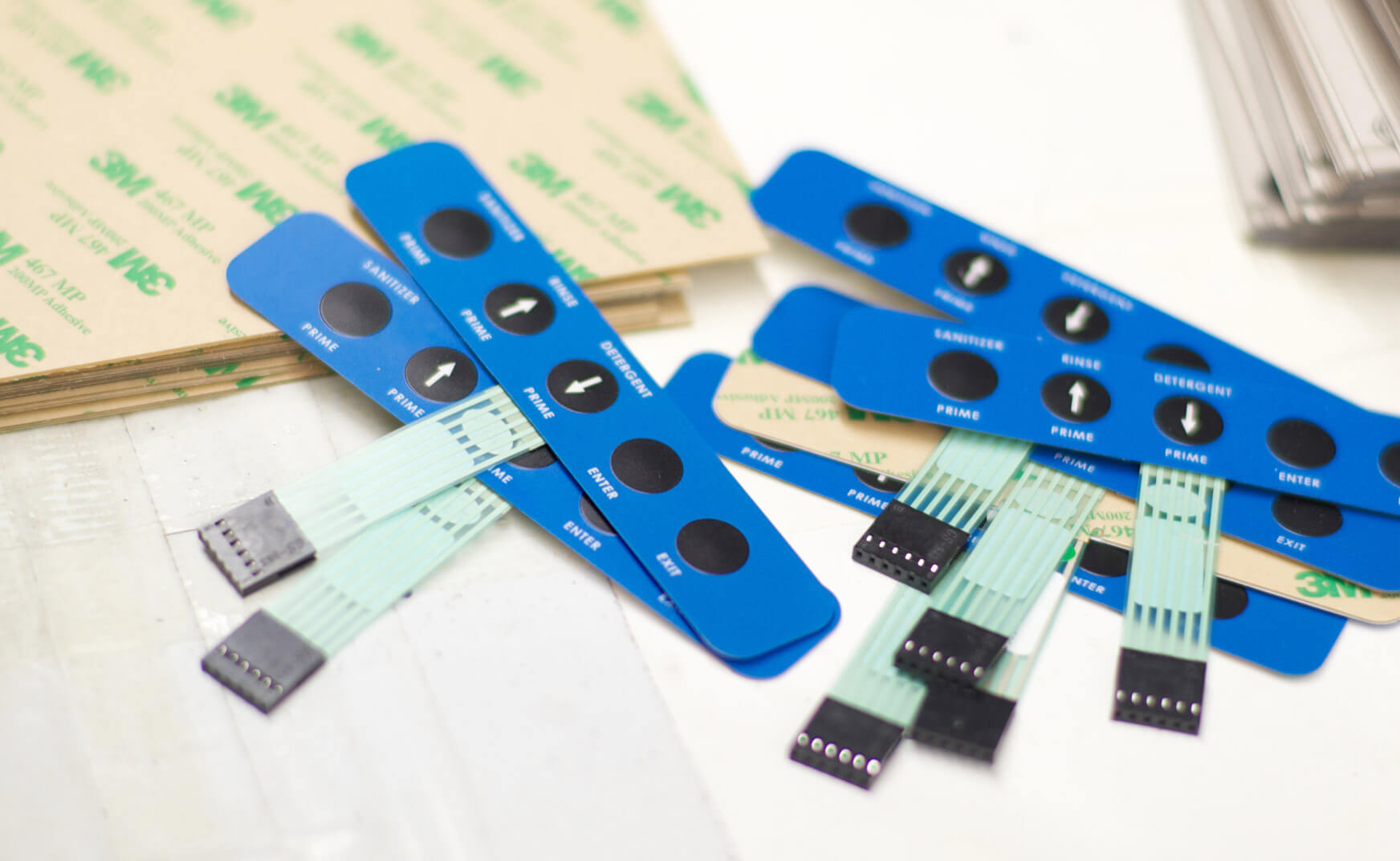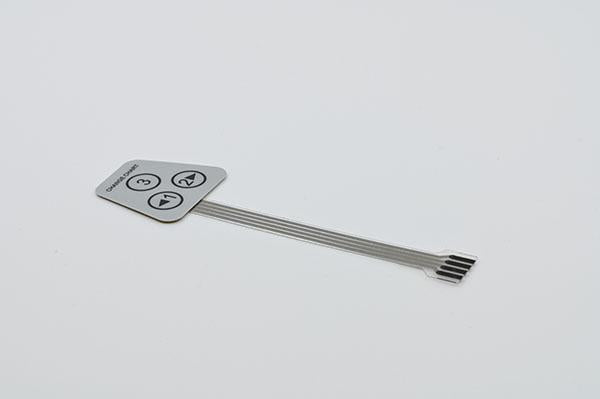Why Membrane Changes Are Necessary for Resilient Control Systems
Membrane layer switches play a pivotal duty in guaranteeing the durability and reliability of control systems across various markets. As we check out the multifaceted advantages of membrane layer buttons, it becomes apparent that their value goes beyond mere functionality, affecting user experience and functional efficiency.
Overview of Membrane Layer Buttons
Membrane layer buttons are flexible and dependable components commonly utilized in different electronic control systems. The graphic overlay supplies both useful and visual style, while the spacer layer guarantees that the buttons are activated only when pushed.
Membrane buttons are usually preferred in applications needing a portable and lightweight design, making them suitable for portable devices, clinical tools, and commercial equipment. They can be tailored to fulfill details user requirements and can integrate different functions such as backlighting, responsive responses, and several shades. Furthermore, membrane layer buttons are resistant to dirt, moisture, and contaminants, making them suitable for atmospheres where resilience is essential.
Advantages of Durability
In several applications, the durability of membrane layer changes offers considerable benefits that enhance their overall performance and reliability. These buttons are created to endure harsh settings, making them optimal for use sought after problems such as high moisture, extreme temperatures, and exposure to chemicals. Their durable building and construction aids to protect against damages from physical impact, making certain durable functionality and reducing the demand for constant replacements.
In addition, membrane switches are immune to deterioration, which is vital in applications where constant communication takes place. This longevity equates to decrease upkeep costs, as companies gain from decreased downtime and less solution disruptions. Additionally, the encapsulated design of membrane changes shields inner elements from dirt and wetness access, further contributing to their lifespan.
Another advantage is their capability to maintain constant efficiency in time. With a high tolerance for mechanical stress and anxiety, these switches protect their tactile comments and electric honesty, making sure individual complete satisfaction. Ultimately, the resilience of membrane switches over not only improves functional efficiency however likewise cultivates self-confidence in their reliability, making them a recommended option for control systems throughout different industries.
Applications in Various Industries
Sturdy control systems using membrane layer buttons find comprehensive applications throughout a variety of sectors, each gaining from the special attributes these switches provide. In the clinical market, membrane layer buttons are essential for devices such as person monitors and diagnostic tools, where integrity and convenience of cleansing are paramount. Their resistance to moisture and contaminants ensures they maintain performance in sterile environments.
The auto market leverages membrane layer buttons for control panel controls and infotainment systems, where they provide streamlined, low-profile interfaces that improve user experience. These switches are also designed to hold up against rough problems, consisting of direct exposure to extreme temperatures and vibrations.
In commercial settings, membrane layer switches are generally utilized in equipment control panels, supplying tactile responses and sturdiness necessary for high-usage applications. Their capability to stand up to chemicals makes them appropriate for making atmospheres where spills and contaminants are constant.

Customer electronics, such as cooking area home appliances and remotes, also utilize membrane layer switches for their flexibility and cost-effectiveness. Generally, the adaptability and robust nature of membrane layer changes make them essential throughout various markets, ensuring reliable procedure and longevity in control systems.
Layout and Visual Allure
While capability is critical, the style and aesthetic charm of control systems outfitted with membrane buttons play an important duty in individual interaction and total experience (membrane switch). The visual design of these switches can dramatically affect user assumption and interaction. A well-designed membrane layer button improves the attractiveness of the tool, making it a lot more attractive to customers and cultivating a connection between the user and the item
Membrane layer switches over supply a lot of flexibility in layout, allowing makers to personalize graphics, shades, and textures to straighten with brand name identification and product appearances. Using vivid colors and distinctive patterns can attract focus, while tactile feedback can strengthen the user's communication with the device. Additionally, the capacity to integrate LED indications and backlighting right look at here now into the membrane layer button style gives both functional and visual benefits, enhancing presence and functionality in numerous settings.

Enhancing Customer Experience

In addition, this page membrane switches can be customized to include graphical interfaces, improving usability by offering details in a clear and instinctive way (membrane switch). This personalization can consist of symbols, tags, and color coding that guide customers through complex functionalities with simplicity. Additionally, their adaptability permits combination in numerous environments, ensuring regular performance whether in industrial machinery or consumer electronic devices
The durability of membrane buttons also plays a crucial function in user experience. By enduring extreme conditions and prolonged use, these switches decrease the probability of system failings, hence advertising dependability and customer confidence. Ultimately, the critical usage of membrane layer changes not only elevates functionality however likewise considerably enriches user interaction with control systems, making them a vital part in contemporary design.
Verdict
